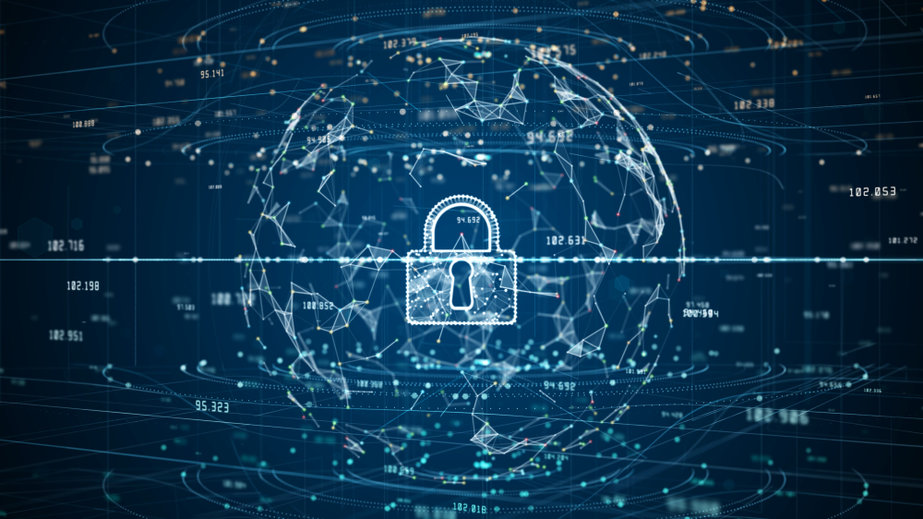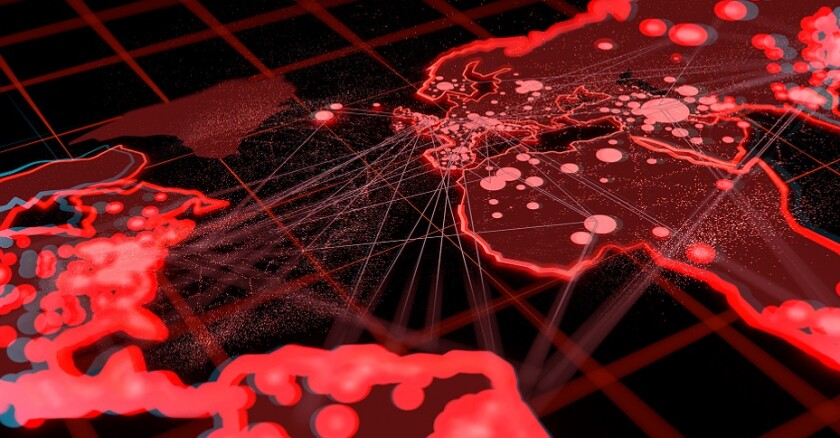As the threat of ransomware looms large in the modern landscape, both organizations and individuals face growing challenges in combating this evolving threat, particularly in the realm of Internet of Things IoT safety. The increasing prevalence of IoT devices in daily life introduces new vulnerabilities, as these devices often lack robust security measures, making them potential entry points for cyber attackers.
The shadow of ransomware still hangs heavily over the modern landscape as we enter the new year. Cyber attackers aren’t showing any signs of giving up, and 2024 is expected to be their second-most successful year on record.
As both organizations and individuals struggle with each assault, which is getting more complicated and broad, the need to combat this growing threat is more pressing than previously. The importance of Internet of Things (IoT) devices cannot be overstated in this digital battlefield where every endpoint is a potential vulnerability.

Navigating IoT Safety: Balancing Convenience with Vigilance
IoT devices are now an essential part of our daily lives, turning businesses into intelligent ecosystems. However, as we take advantage of the convenience provided by IoT, we also expose ourselves to fresh dangers. IoT devices by their very nature introduce a particular vulnerability. These devices frequently lack strong security measures, in contrast to standard endpoints, making them a possible entry point for cybercriminals. The attack surface has expanded, giving malicious actors a variety of entry points, from bright thermostats to connected security systems.
We just need to look at new real-world examples of IoT-related security breaches to emphasize the seriousness of the situation. The Mirai Botnet attack and the fish tank thermometer breach at a Las Vegas casino serve as stark reminders that the modern conveniences we value can be used against us. These breaches expose important vulnerabilities in our general cybersecurity infrastructure in addition to violating our privacy. A vigilant approach to IoT security is essential because we are at a crossroads between transformation and vulnerability.
Navigating IoT Regulations: Balancing Security and Innovation in Device Safety Labeling
Governments all over the world are preparing to implement regulations aimed at improving device safety labeling after realizing the urgency of the situation. Although important, this regulatory environment presents difficulties for both businesses and consumers as they attempt to strike a balance between innovation and security.
Governments are acting proactively, acknowledging the necessity of uniform security measures to protect consumers and companies from the imminent threat of ransomware. These rules seek to establish a framework that guarantees that security is given top priority in IoT device design and production by manufacturers.
The effectiveness of these regulations lies in both their creation and application. Manufacturers must be held responsible by governments for meeting the required security standards. Enforcement of device safety labeling is a crucial step in protecting our online infrastructure from the onslaught of virtual threats, not just some bureaucratic exercise.
Although these regulations motivations are admirable, their implementation causes worries for companies that are currently navigating a challenging modern landscape. Compliance may incur costs, both in terms of money spent and potential disruptions to innovation. Consumers will experience the effects through improved device security, but they may even see a change in the price and accessibility of IoT technology.
Businesses and individuals must take a proactive stance in anticipation of these regulations. We must take preventative measures to secure our IoT devices because waiting for compliance mandates is inappropriate. The time to take action is today, whether you’re investing in reliable terminal management solutions or conducting comprehensive security assessments. By doing this, we not only protect ourselves from potential governmental repercussions but also advance the overall objective of building a safe online ecosystem.
Building Cyber Resilience: Strengthening Defenses Against Ransomware Threats

Businesses and individuals must strengthen their defenses against ransomware as novel governmental frameworks take shape. The security of the related world depends heavily on encryption, stable communication protocols, and authentication mechanisms.
A cornerstone of cybersecurity is the protection of vulnerable data. As a barrier, encryption makes sympathetic data unusable. Businesses must prioritize end-to-end encryption to protect their specialized information and customer data as we navigate the complexities of our connected world.
In order to prevent eavesdropping and tampering, the communication channels between Wifi devices must also be strengthened. Safe communication protocols are put in place to guarantee that data exchanged between devices is safe and unchanged. As we entrust our businesses to IoT devices, each of which transmits critical information that, if compromised, could have serious repercussions, this becomes more and more important.
To lessen the likelihood of ransomware attacks, access to crucial systems must be restricted. Multi-factor authentication and other authentication methods offer strong protection against unauthorized access. Businesses can also stop poor actors from trying to take advantage of vulnerabilities in the IoT ecosystem by putting strict access controls in place.
A strong device management solution offers businesses a centralized platform to monitor, manage, and secure all endpoints, including Internet of Things (IoT devices), on the edge of cybersecurity. Companies become more aware of and in control of possible security threats by implementing such solutions, which strengthens their defense against ransomware.
Lastly, empowerment through knowledge and practical security measures is essential in the face of evolving digital threats. The most current cybersecurity recommendations and technologies must be kept current by both individuals and businesses. Organizations can navigate the complex environment of ransomware threats by implementing a strong cybersecurity strategy supported by all-inclusive terminal management solutions.
We must acknowledge that innovation and security are not mutually exclusive in order to envision a cyber-resilient future. Rather, they are complementary forces that, when used wisely, can contribute to the creation of a stable and dynamic digital environment. Businesses and individuals must respond to the call to action by adopting a comprehensive endpoint security strategy that goes beyond compliance.











